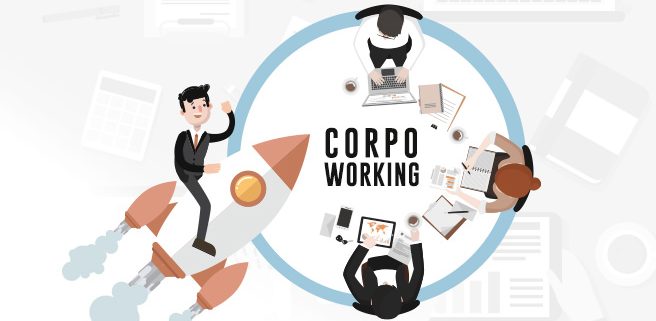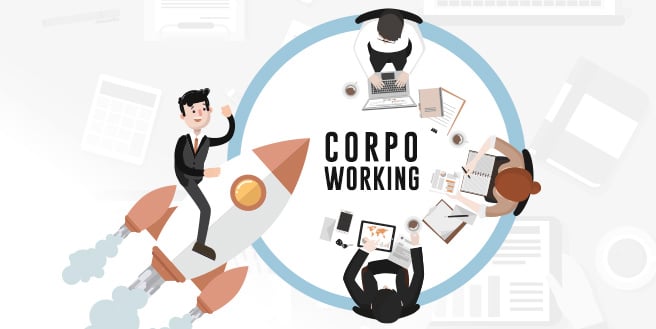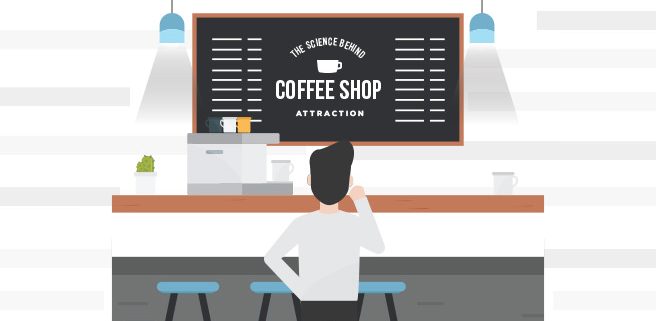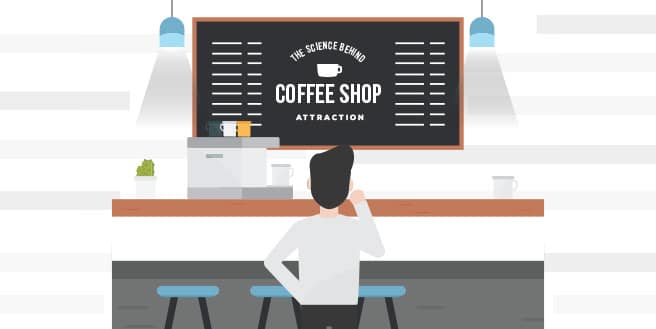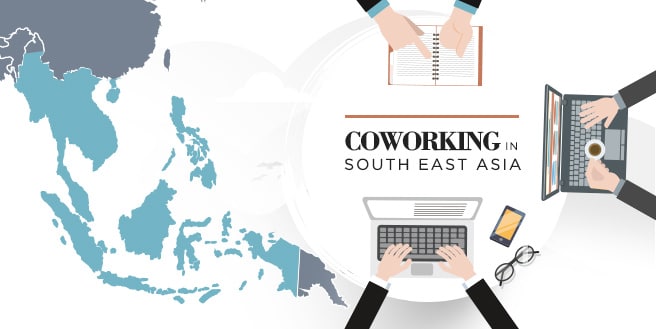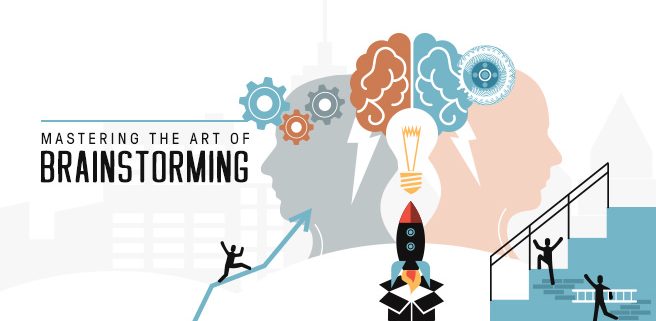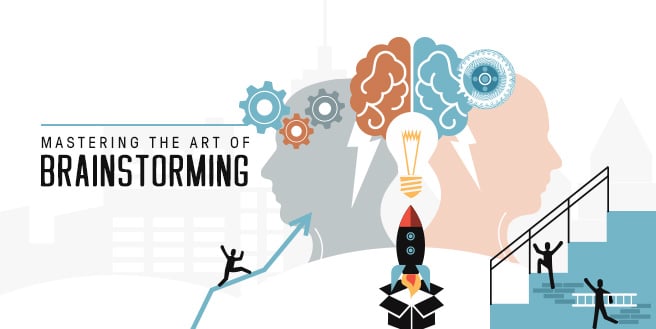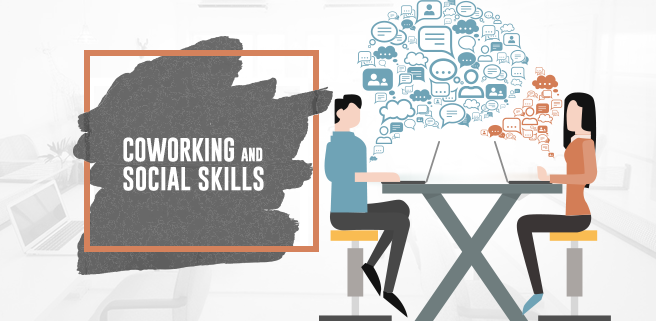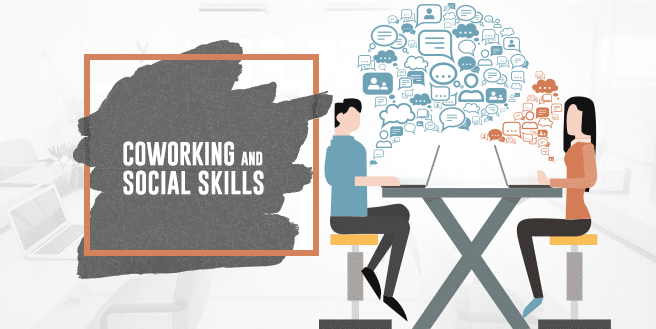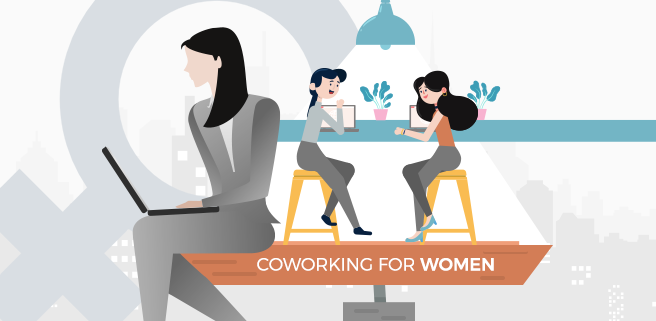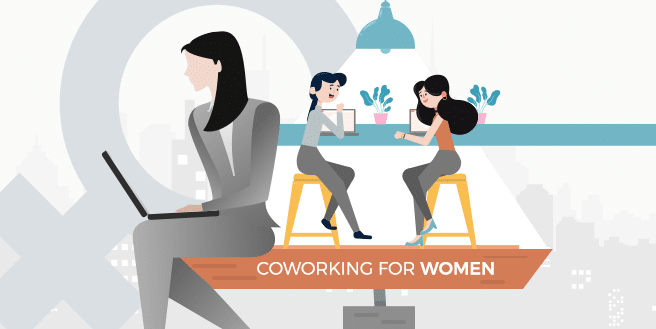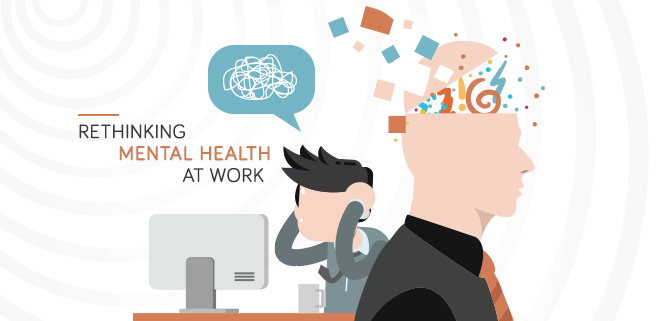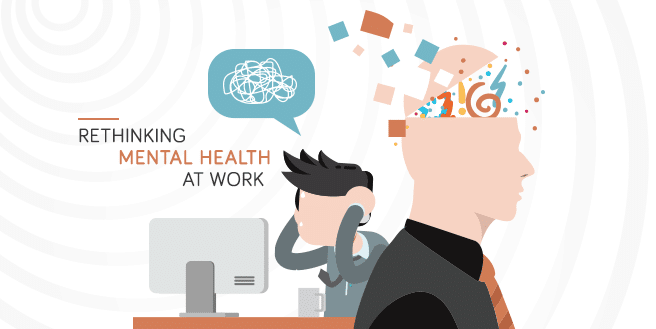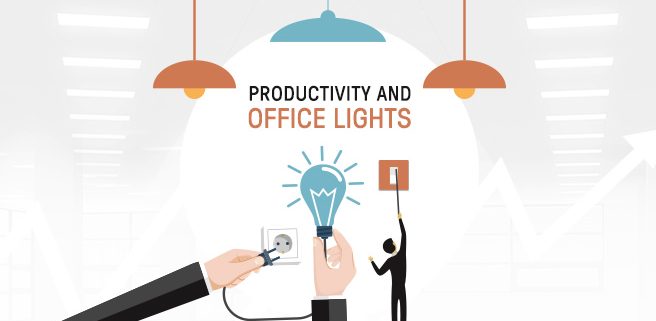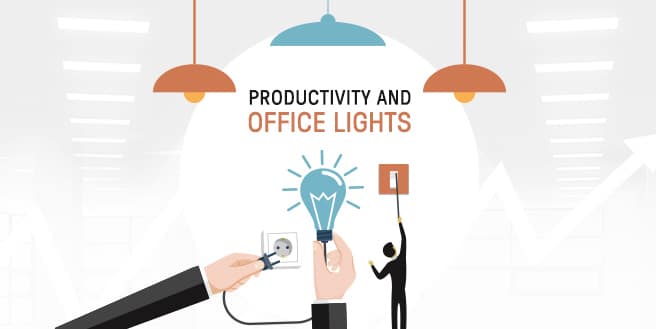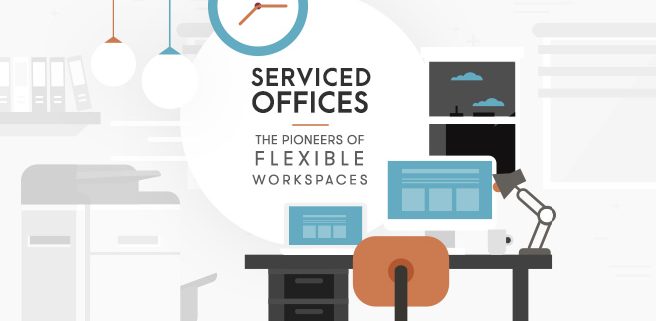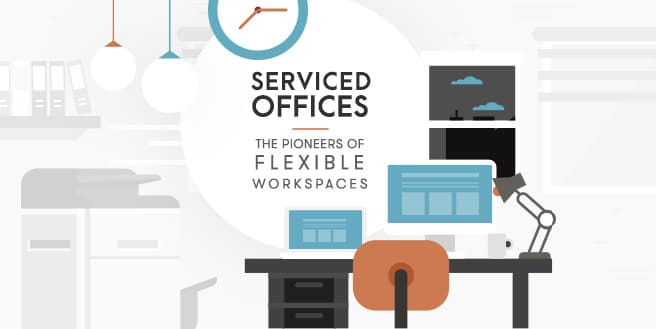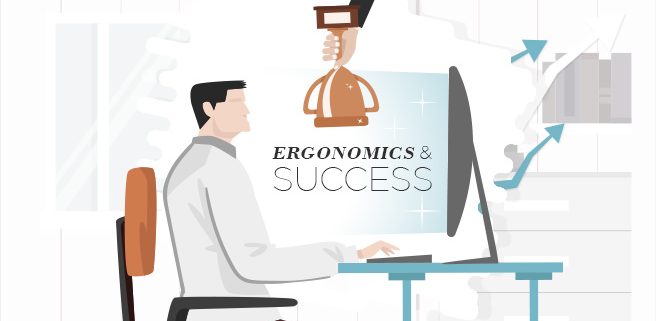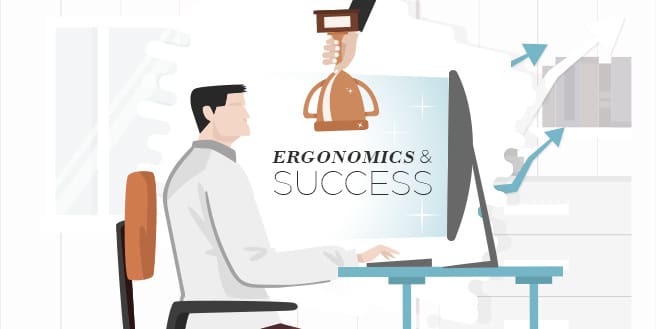Out with The Old, In with The New: Welcoming Corpoworking
Coworking spaces gained its popularity from teleworkers, digital nomads and freelancers from around the world. With over 11,300 spaces worldwide and over 835,000 members – it’s safe to say that the industry is keeping an open mind to the ever-changing modern workplaces of today.
And due to the undeniable success of the movement, traditional companies are starting to look into these open spaces despite of the disagreements it garnered from experts. Intrigued by its increasing growth and the several benefits it has among its members, these large businesses are wondering what significant change it can bring to the table.
Providers are also seeking a way to tap into this idle capacity and invite them over to join their growing community. As a result, they have implemented a new way of convincing executives to give room for innovation and a new working experience for their employees.
Corpoworking: Corporate Working
Cowork.io defined Corpoworking as the combination of corporate business and coworking. A coworking space inside or outside the premises of the company, available to the use of employees aiming to carry out their usual tasks in a new environment and even external visitors.
The idea doesn’t veer too far away from the original movement except for the specific modifications done in order to meet the standards of the company. There’s still evident presence of community and flexibility at its heart, which showcases its classic values. Often done as a way to experiment with new conditions, it allows them to experience unprecedented flexibility modeled on the success of its predecessor.
Still, the question remains among several other companies, what makes it worth investing?
The Role of Workspaces
Over the recent years, new technologies and the arrival of the younger generations in the labor market created a significant change in the traditional fixed offices we have had for years. Experts are also accentuating the effect work areas have in a person’s overall well-being. Today’s modern office have now become a source of efficiency, collaboration and employer brand.
Productivity is seen as one of the factors easily affected by the layout and design of one room. Leaders are starting to understand the importance of having an innovative workspace that increases an individual’s output and performance. They are starting to utilize this concept to their advantage by implementing open spaces and high-rise office desks.
More and more companies are also transitioning from individual work to collaborative work. Therefore requiring them to find places that allows people to connect freely with one another. Finding the appropriate arrangement for your team is a prerequisite to collaboration. With this in mind, spontaneous interactions that could generate creative ideas can now take place almost anywhere – instead of it happening in one place.
Company culture and employer brand is also strengthened when enterprises go the extra mile in figuring out the latest news in mobility at work. According to a global survey conducted with over 7,6000 office workers from 16 different countries, office layout affects an individual’s company choice. Organizations are making the effort to create spaces for relaxation and entertainment in promoting their thoughtfulness towards the well-being of their employees.
Pioneers of the coworking movement believed in the significance of one’s surrounding environment and workplace flexibility. With the help of today’s technology, they are breaking down the cubicles and walls that once separated us; one space at a time. Join us as we welcome the emerging trend of corpoworking!

